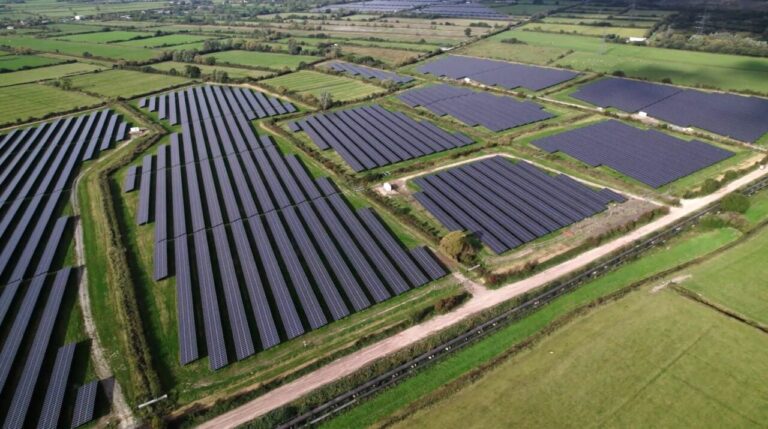Trade association Solar Energy UK has appealed to the newly elected Labor government to publish an “ambitious” Solar Roadmap and increase the allocation of Contracts for Difference (CfD) in the sixth budget round.
Solar Energy UK, which said in a statement that it expects Labour’s election victory to “further accelerate the growth of the solar and energy storage industries”, believes that making these adjustments to the policy landscape will send a clear signal to the industry to stimulate investments. .
Labour’s election manifesto energy policy was central. For example, the Party said it would work with the private sector to “triple onshore wind, solar and quadruple offshore wind by 2030.” Implementing Solar Energy UK’s recommendations would therefore help the party establish Britain as a “clean energy superpower”.
Solar Energy UK’s manifesto calls for Britain to reach 50GW of solar power by 2030, with the country expected to reach 20GW by the end of this year. The industry body expects Britain to have 30 GW of carbon-free storage by the end of the decade.
Dedicating further resources to the sixth round of CfD allocation and addressing planning barriers are seen as top priorities. Labor has already committed to tackling long delays in grid connections. The party manifesto states that the electricity grid is the “biggest obstacle to the deployment of cheap, clean energy generation and the electrification of industry”.
An increase in the CfD budget could unlock solar energy
The CfD program has been an integral part of the UK’s renewable energy ambitions, supporting various technologies, such as offshore wind and solar, to increase installed capacity and project pipelines.
Allocation round 5 of the scheme, which took place in September 2023, had a budget of £227 million and was criticized by the energy sector for being too small. As a result, the Conservative government announced that the sixth round would have a budget of more than £1 billion.
It is worth noting that Allocation Round 5 is a Great success for solar energy, with 56 solar projects collectively securing almost 2 GW (1,928 MW) of the allocated 3.7 GW of capacity. However, the low budget and exercise prices did ensure this no bids for offshore wind projects at auction, leaving Britain missing a huge opportunity to boost its renewable energy capacity.
The Solar Taskforce and Roadmap
Established in 2023, the Solar Taskforce has been tackling key issues in the UK industry since its inception. The core issues were narrowed down to four specific subgroups: electricity grids, skills, rooftop solar and supply chains.
The Taskforce, first introduced as part of the Conservative government’s ‘Energy Security Day’ package, following calls for its creation in Chris Skidmore’s report Independent assessment of the Net Zero reportaims to accelerate the necessary action to achieve the pre-established objectives.
According to Solar Energy UK, a roadmap will be published with practical measures to encourage the uptake of cost-effective and popular solar energy. The industry body said it would work with the new government to get it published within 100 days.
“We are committed to advancing the new administration’s national mission to deliver clean energy by 2030. Labour’s first year in power will be a critical period for the solar and energy storage sectors – essential for future energy security, cutting energy bills and tackling the climate crisis. ” says Chris Hewett, CEO of Solar Energy UK.
“We are confident that the new government will demonstrate a more positive attitude towards the sector and thus strengthen investor confidence.”


